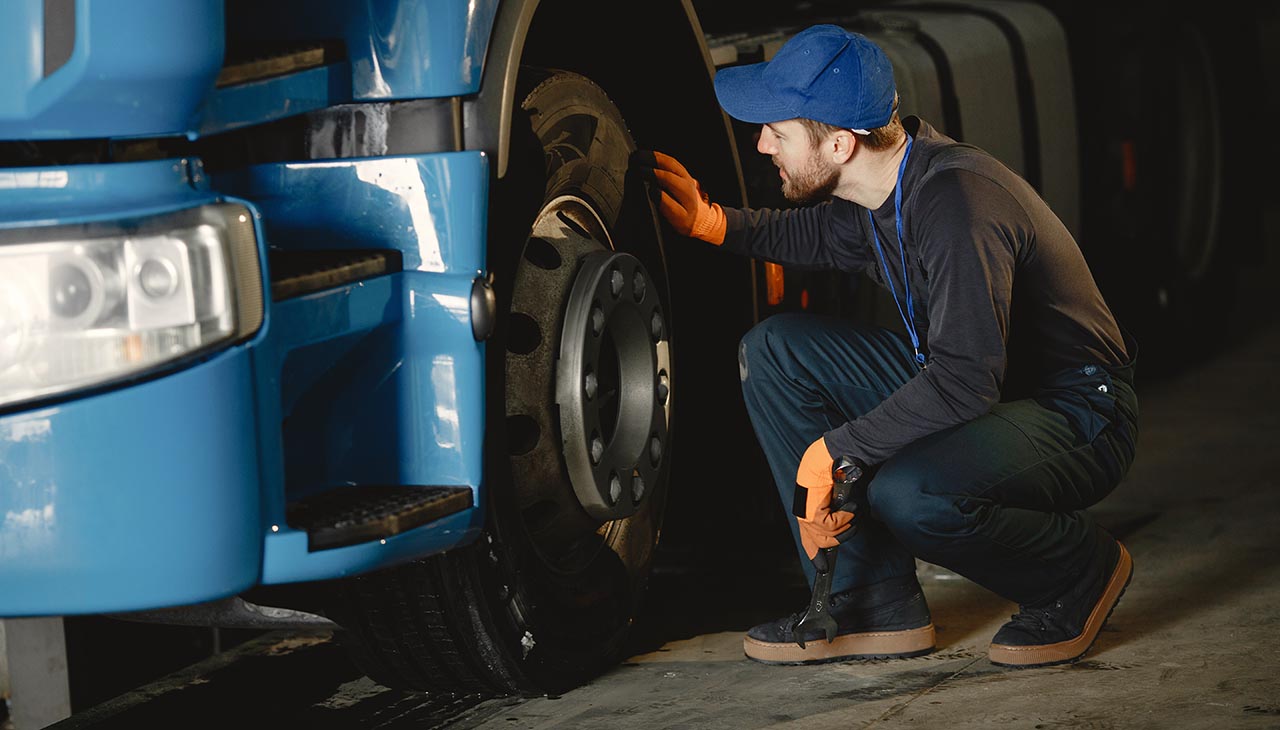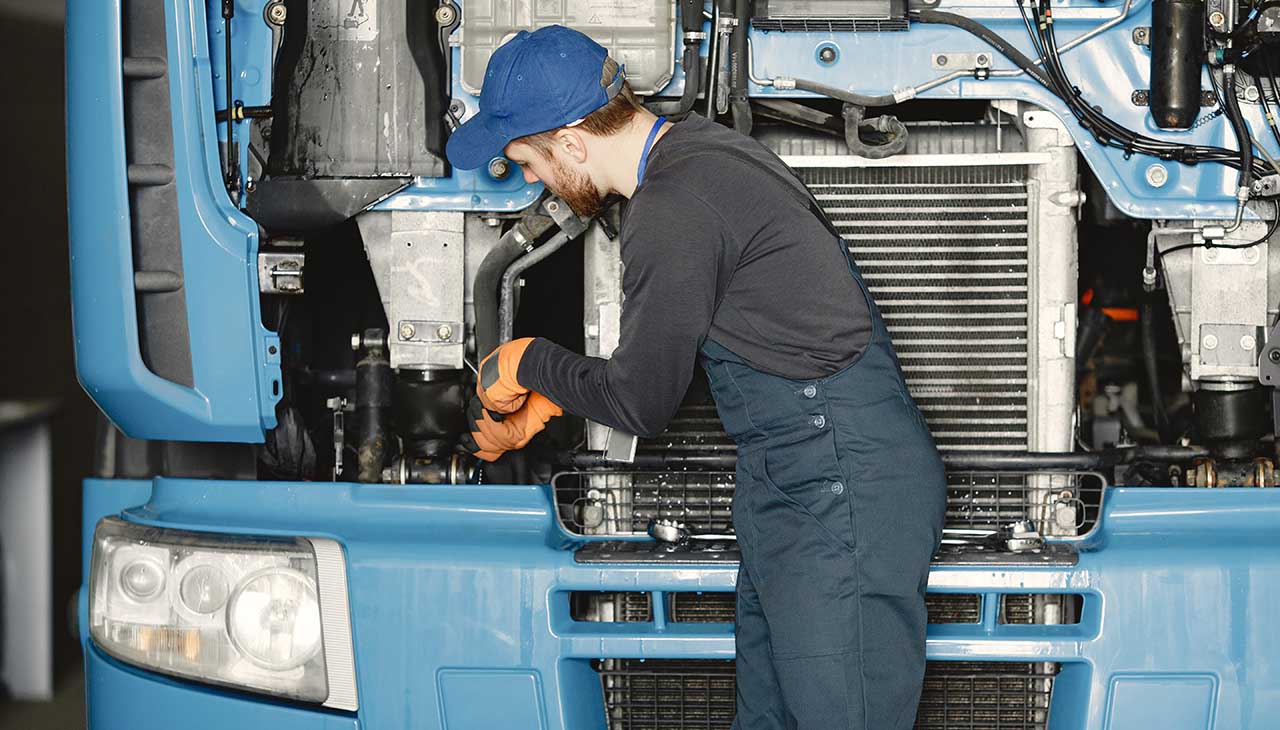Restoring a truck is not just a project, but a journey into the heart of the machine, a testament to the resilience of engineering and design. This guide is your trusted companion on that journey, providing you with a comprehensive overview of the truck restoration process. We’ll explore everything from sourcing parts to the final stages of paint and polish. Whether you’re a seasoned mechanic or a novice enthusiast, our step-by-step guide will help you navigate the challenges and experience the rewards of truck restoration.
Assessing the Truck
Evaluating the Condition of the Truck
Before embarking on your restoration journey, it’s crucial to have a clear understanding of the truck’s current condition. This involves assessing the mechanical and structural integrity of the vehicle, from the engine and transmission to the frame and body panels.
Identifying Areas That Require Restoration
Look for signs of rust, damage, or wear in both the interior and exterior of the truck. Check the state of the engine, brakes, suspension, electrical systems, and other key components. The condition of these areas will dictate the extent of your restoration work.
Creating a Restoration Plan
Once you’ve evaluated the truck and identified the areas that require attention, the next step is to create a restoration plan. This plan should outline the tasks needed to be done, the order in which they should be carried out, and an estimated timeline for completion. Keep in mind that restoration is a meticulous process, and it’s better to take your time and do it right than to rush and make mistakes.
Mechanical Restoration
Engine Overhaul and Maintenance
The heart of your truck, the engine, will likely require significant attention. This process might include rebuilding or replacing parts, tuning, and routine maintenance. Make sure to address any leaks, replace worn-out components, and ensure the engine runs smoothly and efficiently.
Transmission and Drivetrain Restoration
The transmission and drivetrain form the backbone of your truck’s performance. Restoration in this area may involve repairing or replacing the gearbox, driveshafts, differential, and axles. Always ensure these components are functioning seamlessly for optimal power transmission.
Suspension and Brake System Repairs
A critical aspect of the restoration process involves the truck’s suspension and braking systems. Repairs might include replacing shock absorbers, springs, brake lines, and pads. Remember that a smooth ride and safe stopping are paramount.
Electrical System Upgrades
Lastly, consider upgrades to the truck’s electrical system. This could involve replacing old wiring, installing a modern fuse box, or adding new electrical accessories. A solid, reliable electrical system is key in a fully restored, modernized classic truck.
Body Restoration
Stripping the Truck Down to its Bare Structure
The first step in body restoration involves stripping the truck down to its bare structure. This process will help uncover any hidden rust or damage that might not be apparent at first glance. Remember to document every step of this process with photos or videos so you can refer back to them when reassembling the truck.
Repairing or Replacing Damaged Body Panels
Next, it’s time to repair or replace damaged body panels. Minor dents and dings can often be repaired, but severe rust or damage may necessitate panel replacement. It’s crucial to ensure that all body panels align perfectly to maintain the aesthetic integrity of the truck.
Sanding, Priming, and Painting the Truck
Once your body panels are repaired and aligned, the next step is to prepare them for paint. Begin by sanding the panels to create a smooth, even surface. Apply primer to help the paint adhere better to the body. Finally, paint your truck in the color of your choice, ensuring to apply multiple coats for a rich, lasting finish.
Restoring Trim, Chrome, and Other Exterior Elements
The final stage of body restoration involves restoring the trim, chrome, and other exterior elements. These details are important for the overall appeal of your restored truck. Ensure to polish all chrome elements until they shine, and replace any trim pieces that are damaged or missing. Your fully restored truck should now be a sight to behold, an accurate representation of its former glory with a hint of modern reliability.
Interior Restoration
Upholstery Repair or Replacement
The first step in interior restoration is addressing the upholstery. Depending on the state of the truck’s seats, carpet, and other cloth elements, you may need to repair or completely replace these parts. Fabric can often be cleaned, but leather may require specialized care or replacement if severely damaged. Remember, the quality of your upholstery plays a significant role in the truck’s comfort and aesthetic appeal.
Dashboard and Gauge Restoration
Next, turn your attention to the dashboard and gauges. These components provide valuable information while driving and are essential to the truck’s character. Preserve the original gauges if possible, or consider replacement options that maintain the classic look. The dashboard itself may require polishing, painting, or replacement depending on its condition.
Sound System and Interior Lighting Upgrades
Finally, consider modern upgrades to enhance the driving experience. Installing a new sound system can bring your classic truck up to date without compromising its vintage charm. Similarly, upgrading the interior lighting to brighter, more energy-efficient LEDs can enhance visibility and add a touch of modern elegance. When choosing upgrades, strive to balance modern functionality with the truck’s classic appeal.


